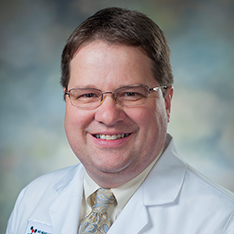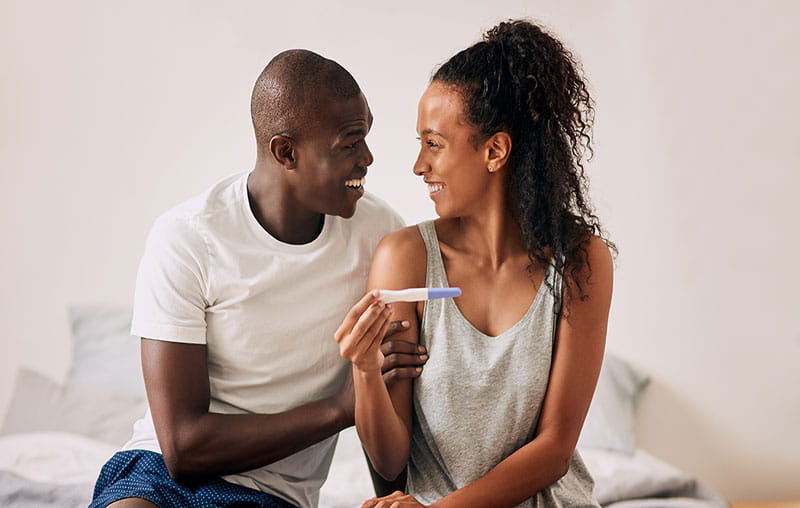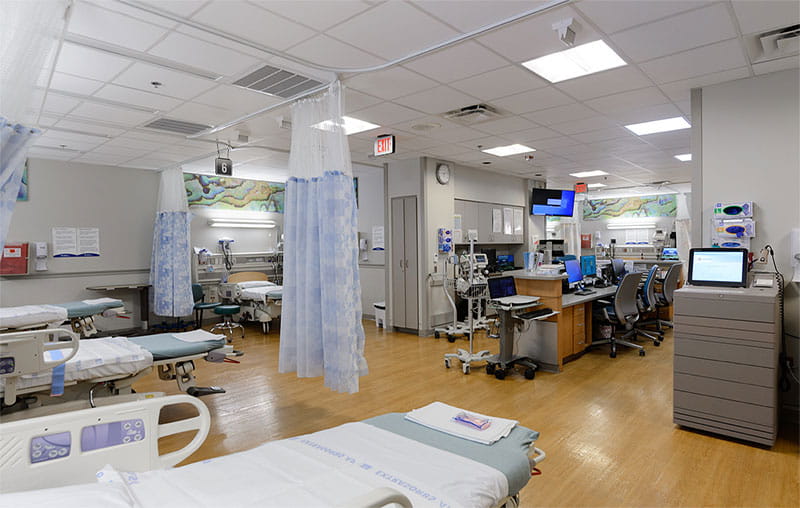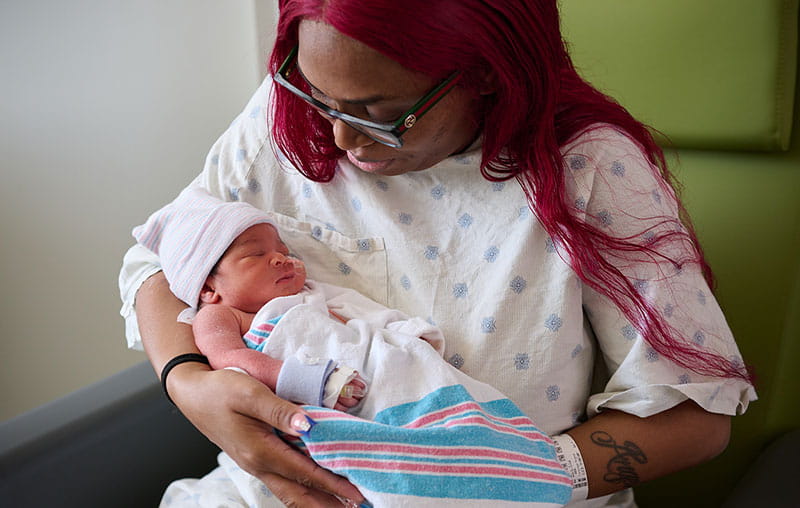Alexea Washington’s first pregnancy seemed normal until early in her third trimester, when she began to develop high blood pressure and swelling in her face and hands. Her condition quickly deteriorated and she ended up in a hospital with a ruptured liver, losing the baby and nearly losing her life.
After a month in the ICU and a recommendation from her doctor that she never try to have children, Washington went home and began the long physical and emotional recovery process.
It was frightening when she unexpectedly became pregnant again just one year later. Washington and her husband began researching specialists and that’s when she found Dr. Patrick Ramsey, maternal medical director at University Health and maternal-fetal medicine division chief at UT Health San Antonio.
Symptoms of Preeclampsia
Preeclampsia is a potentially dangerous pregnancy condition. It tends to develop later in pregnancy and is more common in first pregnancies.
Symptoms include:
- High blood pressure
- Swelling in the hands and face
- Unusual headaches concentrated at the back of the skull
- Pain in the upper right abdomen and shoulder
Markers include high levels of protein in the urine that indicate kidney involvement.
Cause of Preeclampsia
“We don’t know what causes preeclampsia,” Dr. Ramsey said. “It has been an enigma for centuries, but a healthy lifestyle, not having an excessive salt intake, and taking care of other medical problems helps.”
A woman who has experienced preeclampsia in her first pregnancy can get pregnant again, he said. If she has the same partner, her risk of developing preeclampsia again is reduced. But if she changes partners, or as in Washington’s case her preeclampsia was severe, the risk remains high enough to merit close monitoring.
How to Reduce the Risk for Preeclampsia
One good way to reduce the risk that preeclampsia would occur is to take a baby aspirin (81 mg) each day, Dr. Ramsey said. Some studies support taking two a day, he said, so in Washington’s case he recommended it given she was at high risk to develop preeclampsia again.
Dr. Ramsey said it’s important for women who may be at risk to communicate closely with their obstetric providers, follow recommendations and be attentive to their babies’ movements. Research is underway to develop a test that will look for markers early in a pregnancy to judge the risk, he said, but at this time it is primarily diagnosed when a pregnant person has high blood pressure and protein is detected in their urine.
Alexea's Healthy Second Pregnancy
Washington followed the doctor’s recommendations and Ramsey closely monitored her progress. This time her pregnancy went smoothly, and she gave birth to Malia Rose at term.
Washington’s advice to anyone who is expecting: “The number one thing is to check your blood pressure. You can feel fine, but the blood pressure tells a different story,” she said.
Advocate for yourself – and have an advocate with you in the room if possible, she added.
“And do your research to find the right doctor and facility for you,” she said. “If you really want to have kids, you still have a chance.”
Pregnancy Care at University Health
Learn more about pregnancy and childbirth services at the Women's & Children's Hospital in San Antonio.





